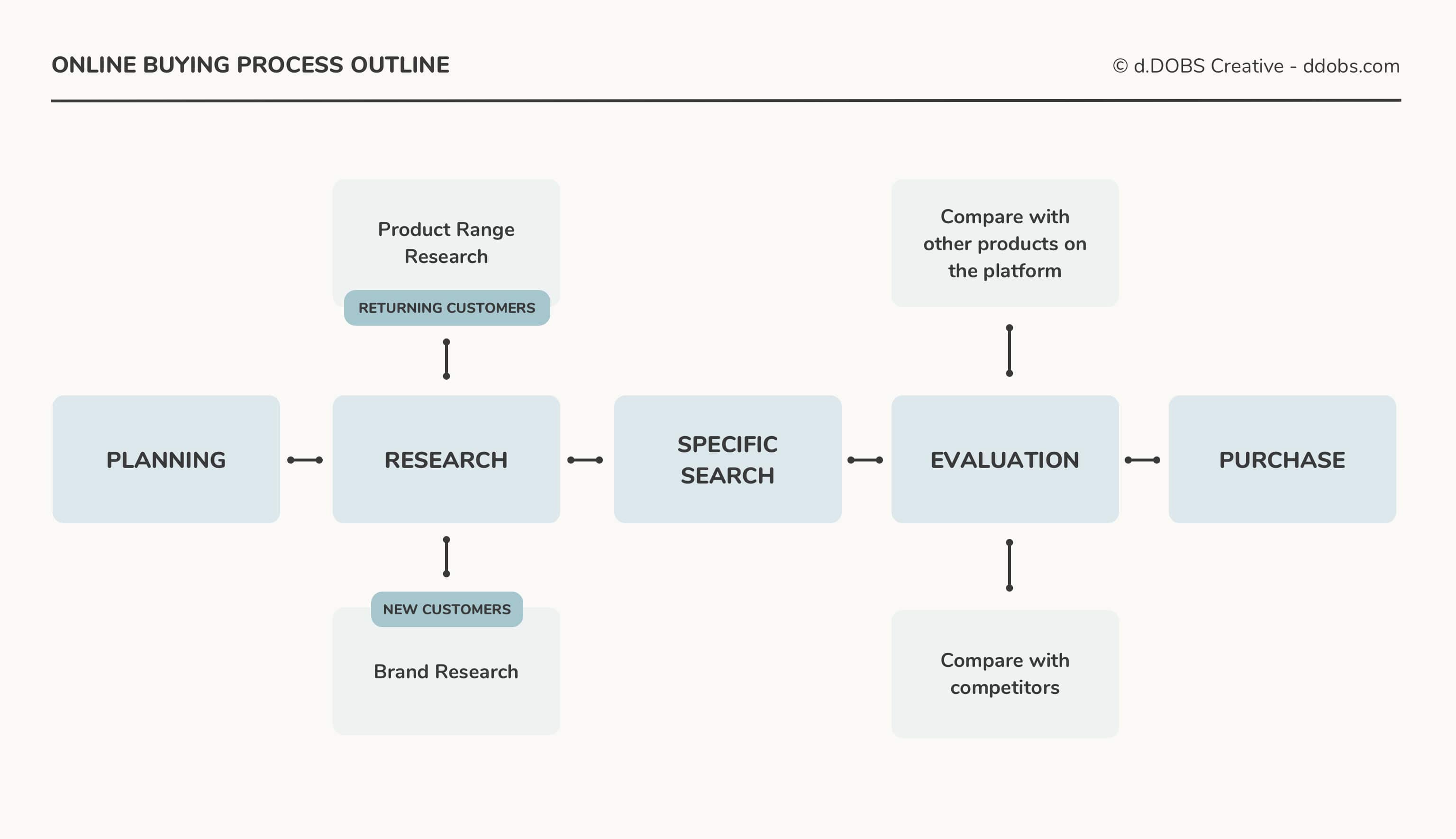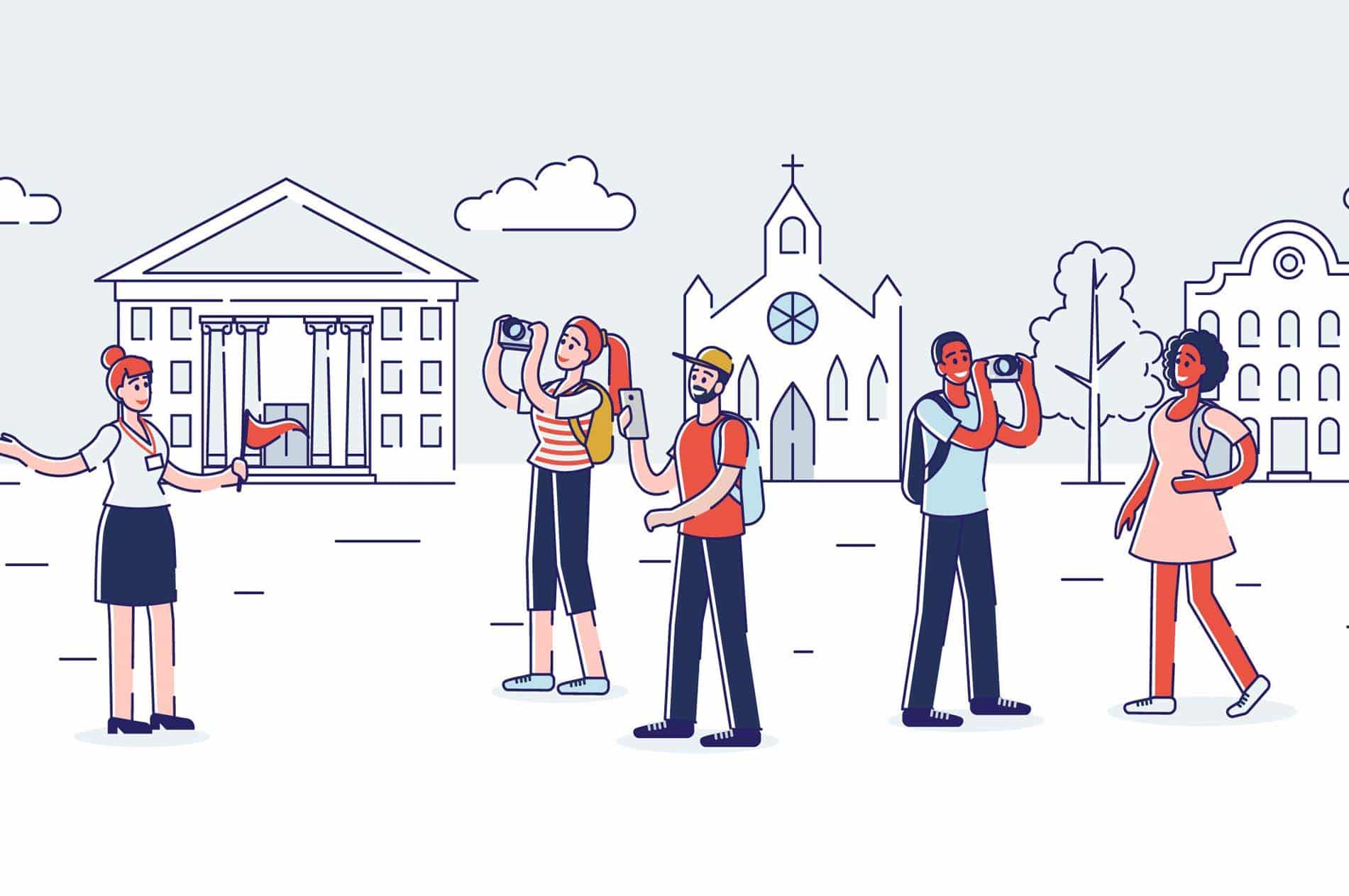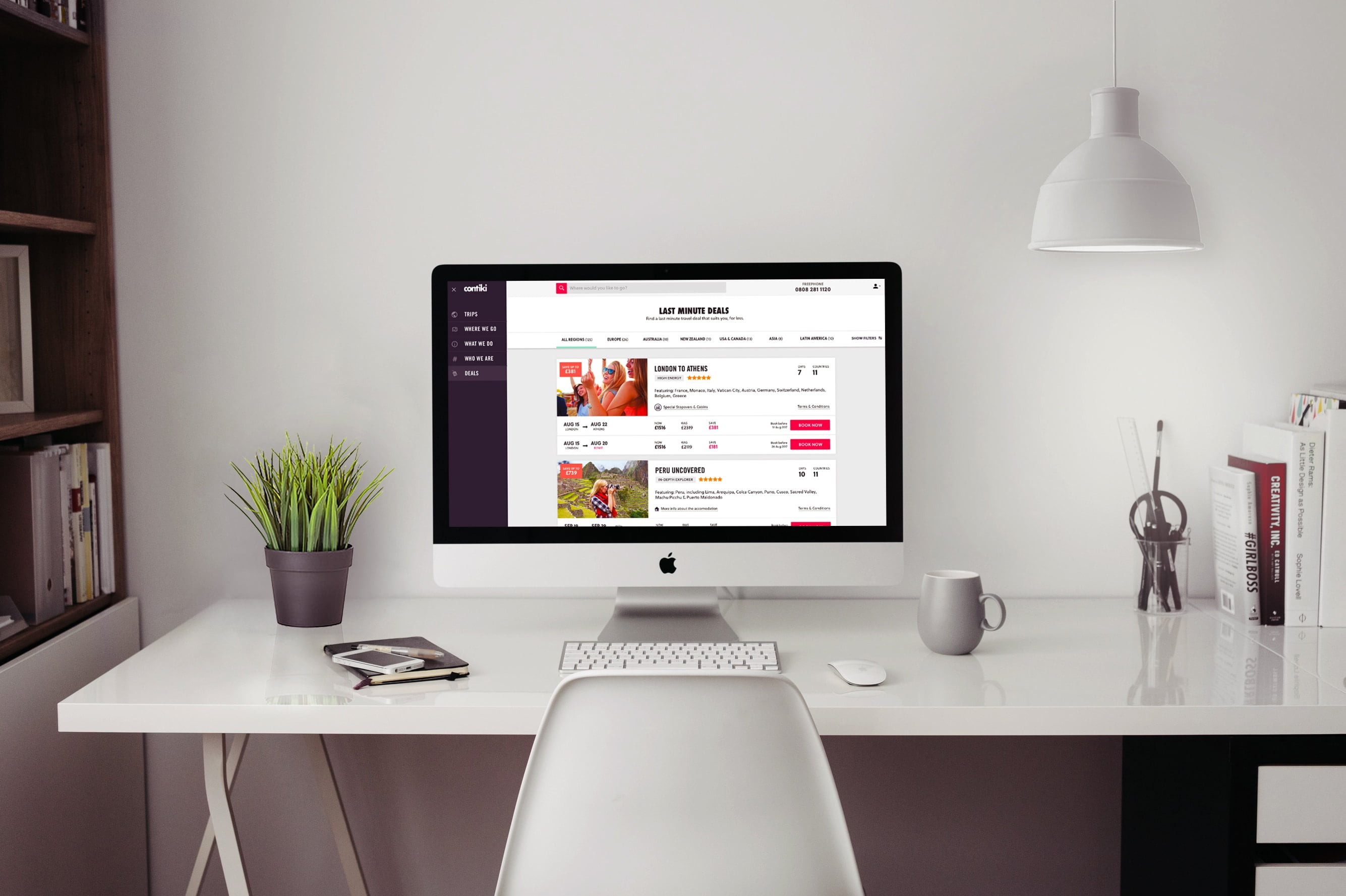Ever wondered what goes in the heads of Millenials and Gen-Z wanting to buy online an adventure and explore the world? Well, let me share the secrets as a User Experience (UX) Designer and part of the travel youth market.
Travelling has become an essential part of every young person’s life and we just can’t live without it. As a UX Designer, I spent the last years analyzing the behavior of other travelers in their 20s and observing the steps they go through before buying an adventure online. I’ve been understanding their motivators for choosing a travel product, their emotional state before making a booking, and what makes them ready to make a booking.
Understanding who we are
We are seen as smartphones and social media-obsessed, where nothing from our outside world matters, but the reality is that we would use the power of the digital tools to grow, innovate, explore, connect, share and stand up for the issues we care about.
As digital natives, we have grown up with cultural influencers that have planted the seed of our global mindset. This makes us ready to explore content from countries near and far, encourage cultures different from our own, ready to venture out in the world, and make our travel matter.
All with the purpose to build long-lasting memories, overcoming our fear of missing out and find that human connection we’ve been craving for.
There is a great read that dives deeper into the subject showcasing the Travel Youth Market Trends of 2019
The buying process outline
Through working on digital eCommerce travel platforms, conducting focus group researches, and moderated studies I’ve defined five stages that a person would go through when placing a booking online.

RELATED: 6 Usability testing platforms rated best to worse
Planning phase
The emotional state is Wanderlust.
The customer’s shopping experience begins even before they have seen our digital platform or have realized that we offer a product that they would like to buy.
When it comes to traveling, in our every-day lives we daydream of the next adventurous destination. We don’t know what it is, but we know that we are ready for it.
Targeting people interested in travel with specific brand awareness messages is crucial. Regardless if it’s online or offline, what’s important is to grab people’s attention, plant the seed of a travel product that could resonate in their subconscious the next time they are ready to do research where and what to buy.
Research phase
The emotional state is Globetrotter
When you have guests at your doorstep, you don’t keep them at the door. You invite them to your house, offer them food and a drink.
This is the exact approach of how a digital platform should treat their customers — invite them in, don’t keep them waiting!
Most of the research phases start with a simple Google search. Some people know a specific travel brand they are looking for but most people don’t.
An example search of Millenials and Gen-Z looks like straight out of a bucket-list:
“I want to see the Eiffel Tower” or “How to get to Chichen-Itza?”
Having your platform’s SEO ready to engage with what the customers would be looking for is your invitation to the people. Once they come in, visually focused content should fast and easily present what’s the product like.
You can not expect from this stage to drive customers straight away to check out. It is very unlikely for someone to purchase in this phase. My research has shown that on average people return 5 to 8 times to the website before they are ready to proceed with making a booking.
Allow people to explore, look around, and understand what is it all about. The key here is to leave a memorable impression! A combination of easy-to-understand content, flawless user experience, and breathtaking imagery from real people who experienced the product in the past.
Specific search
The emotional state is Exploration
Once caught the people’s attention, the explorer nature inside your customers would drive them to look for a travel experience within their available time and budget.
Needless to say how important is the search experience of a digital eCommerce platform at this stage. Use that to dive deeper into the customers’ preferences — get to know them, learn what they are looking for, what do they desire most based on different search filters, keywords, etc, and create ways to present what’s relevant for their needs.
Allowing people to easily analyze the product would instantly drive them to the next stage of the buying process.
Product evaluation phase
The emotional state is Excitement
When buying something online, how many of us always have several tabs open on our browsers, trying to compare which product brings us the best value for money?
It’s no different from what Millenials and Gen-Z experience when are planning to purchase travel online.
Even more, for us, this purchase is probably the most important than any other we have ever done online. We’ve worked hard for our savings and we want to make sure we would spend it in the best possible way.
So help them do so!
It is unavoidable that at this stage the people would look into your competitor’s product, and try to calculate what is the best way to get the experience they are looking for, for the best price.
Convince people that your product is the one that is worth spending their money on. Help them understand the value of the product by making it relatable to what they are looking for — a product that would make their travel matter.
Build trust between the brand and the customer. Show that you are different from the competitors and display what are the benefits for people to choose you and not someone else. Using real people’s stories and testimonials of how their trip went could be the tipping point for many to choose YOU.
Purchase phase
The emotional state is Excitement x 10
There is nothing more exciting than finishing the booking for your travel plans and share it with everyone you know. Before people can do that, they would face the challenge of a booking experience.
Why is it a challenge? Rarely a booking experience is perfect — especially in travel, where people need to provide so many details when making a booking.
Millennials and Gen-Z would love to skip the boring stuff in life and get to the fun part as fast as possible.
In a booking process, the fun is to see your itinerary and make the final payment for it. In this emotional state, overwhelming people with making too many decisions while they are trying to get to the “end” could make them feel impatient and stressed which instantly would make them leave.
So keep the experience as simple as possible, and show that as a brand you are beside them in every step of the booking process — as would a real person do if they had to book the trip for them.
Stay up to date! Join our newsletter!
Join our community today and let the most exciting updates come directly to you. Stories, Design Lab items, discounts, new projects and industry insights – all delivered to your inbox.

